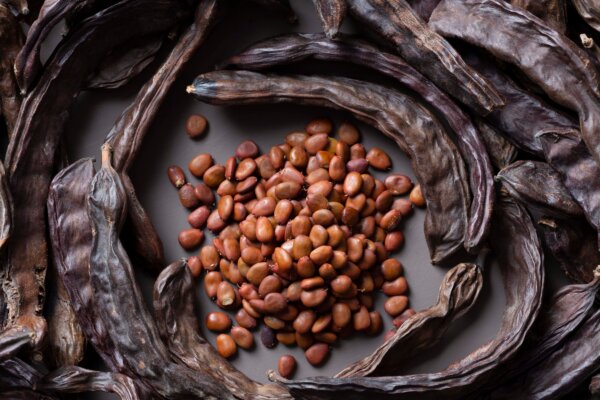
Carob, once hailed as a “health food” in the 1970s, is experiencing a resurgence due to its high fiber and mineral content and low fat levels.
If you remember carob, you probably recall its popularity in the United States during the 1970s and 80s as a healthy chocolate alternative. While it was touted as a better option than chocolate, its earthy and grainy taste failed to truly mimic chocolate, leading to a decline in its popularity. However, carob is now making a comeback as a “functional food,” being included in coffee alternatives, brownie mixes, and as a powder for recipes.
Legend has it that carob pods were the “locusts” eaten by St. John the Baptist, leading to their nickname “St. John’s Bread.” Additionally, the term “carat” used to measure precious stones is believed to have originated from carob seeds, which were once used as a standard weight for goldsmiths.
Compared to chocolate, carob offers a better profile of vitamins and minerals, higher fiber content, and lower fat and calorie levels, making it a versatile ingredient for baking and cooking. Whether used as an alternative to chocolate or as a nutrient-rich supplement in foods like oatmeal and smoothies, carob is a valuable addition to any diet.
Regardless of past perceptions, carob’s functional benefits and subtle flavor are now being embraced in innovative ways, making it a versatile and nutritious ingredient worth incorporating into your diet.





